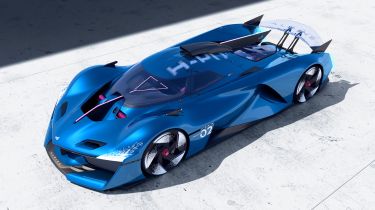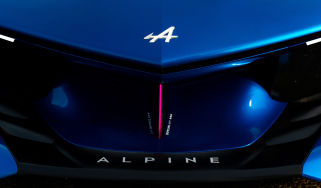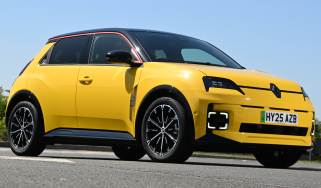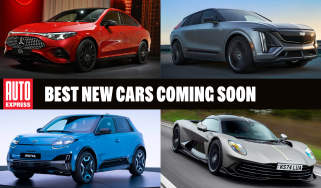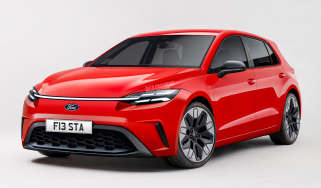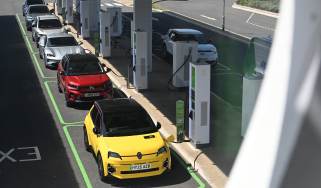Alpine Alpenglow hypercar to make production with V6 hybrid power
The new hypercar will be the most powerful Alpine in history, eclipsing the forthcoming all-electric A110
French sports car maker Alpine will jump to hyperspace with a production version of its Alpenglow hypercar concept, running an all-wheel drive V6 hybrid.
The just-unveiled A390 electric ‘fastback’ SUV, generating 464bhp from its three electric motors, is the punchiest Alpine in history. But it will be eclipsed in 2026 by the all-electric replacement for the A110 two-seat coupe, before the hypercar arrives a couple of years later.
“[The halo car] won’t be a pure EV,” Alpine boss Philippe Krief told Auto Express at the A390’s unveiling in Dieppe, Alpine’s French hometown. “It will be a hybrid with a V6 engine. It will not be a plug-in, but it will be hybrid because we need more power.”
The French engineer led development on Alfa Romeo’s performance comeback with the 503bhp twin-turbo V6 Giulia and Stelvio Quadrifoglio, before he headed back to Ferrari to mastermind its plug-in monsters, mixing electric thrust with the V8 SF90 and V6 296 GTB.
The hypercar will provide an emotional link between Alpine’s on-track exploits in Formula 1 and World Endurance Racing and the road cars. Renault Group no longer has its own V6 so Hypertech Alpine, the brand’s R&D centre of excellence based in Viry-Chatillon, will undertake development work. No word yet on the engine’s displacement or whether it requires forced induction.
The engine will power the rear wheels and may be fitted with an electric motor between engine and transmission. Ferrari (plus Lamborghini and McLaren) all use a compact and lightweight axial flux motor from pioneering British engineers Yasa, although Krief ruled out the supplier due to its acquisition by Mercedes. Renault has taken a 21 per cent stake in axial flux maker Whylot.
One thing’s for sure: twin electric motors will spin the front axle, making the hypercar all-wheel drive. Alpine will have two electric axle configurations by the end of next year, with twin central drive units spinning the A390’s rear axle, while the next A110 coupe will adopt in-wheel motors to save weight.
The mix of petrol and electric power will provide a mighty output, in excess of 1,000 horsepower. “And we are trying to keep weight below 1,600kg,” said Krief. That would provide a minimum power to weight ratio of 625bhp per tonne – pretty similar to the Ferrari SF90 Stradale.
Renault Group head of design Laurens van den Acker told Auto Express that the hypercar’s mission was to create a “technology showcase”.
“Can we offer something nobody else has?,” he said. “That should be the ambition of a supercar, because [hypercar] customers want something really special that nobody else has, because they generally already have multiple cars. We’re very much on this, but it will take a little bit of time.”
Alpine has shown two iterations of its Alpenglow supercar concept, with the latter running a 3.5-litre V6 that burned hydrogen from three tanks.
Click here for our list of the best hypercars...
Find a car with the experts

